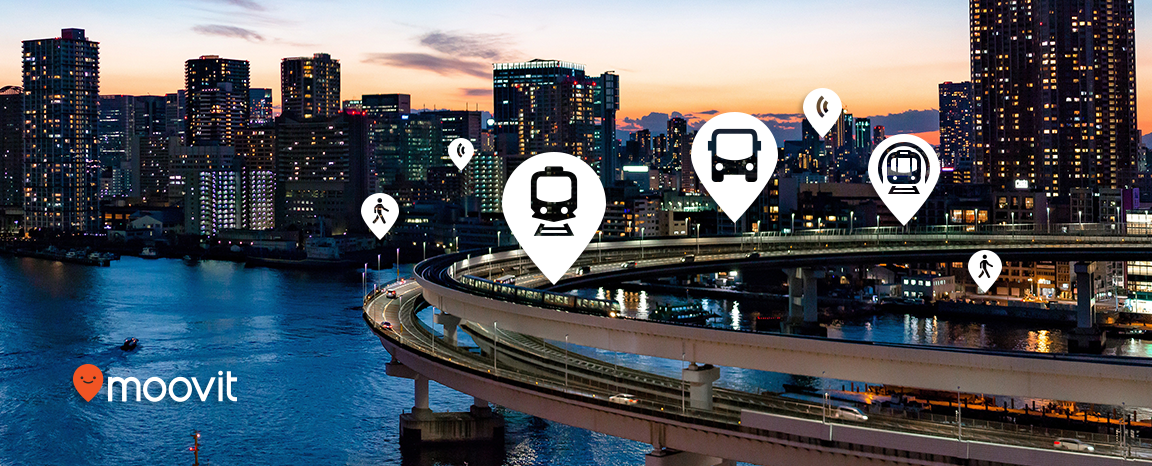
Choked on Traffic Congestion? MaaS Platforms are the Antidote
novembre 20, 2018 — The Big Picture
In a divided society, there is one thing we can all agree on: traffic gridlock and transit congestion make a daily commute infuriating. Add to it pollution and transit safety and you have a perfect storm of discontent. And it will only get worse – unless cities take a holistic approach to managing their infrastructure. The solution is Mobility as a Service (MaaS) platforms that encompass every aspect of a commuter’s daily travel, from payment systems to route planning with efficient and affordable first and last mile options.
MaaS platforms for cities will be the antidote to current mobility woes. It’s timely because a majority of the world’s population already lives in cities. The migration to cities was slow to take hold but has escalated in the past 70 years. In 1950, only 29 percent of the world’s population lived in cities. Today, it’s 55 percent and by 2050 it’s predicted to be 67 percent. And cities are becoming larger and more complex. Today there are more than 500 cities with more than one million inhabitants compared with only 83 in 1950. There are currently 31 megacities with more than 10 million people, compared with just three in 1975 (Mexico City, New York City and Tokyo). In 2030 the number of megacities is expected to surpass 40. [1]
With surging populations, so grows the demand for urban mobility. The 25.8 trillion kilometers logged by the world’s commuters in 2010 is expected to surge 68 percent to 43.2 trillion by 2030, and expand another 55 percent to 67.1 trillion by 2050. [2]
With few exceptions, the transit grid in these cities is not keeping pace with swelling populations and explosive demand for mobility. The tools with which cities manage mobility today are limited to speed limits, parking places and prices, public transit subsidies, and perhaps congestion surcharge zones.
Vastly more powerful tools are required as urban mobility evolves. Fleets of electric autonomous vehicles will shuttle small groups of people door-to-door across short distances. New mass transit services will shift to accommodate large groups of people at high speeds over longer distances. A MaaS platform will serve as the interface between riders and transit providers, with pick-up and drop-off zones replacing today’s parking lots and garages. These new technologies will boost demand by making transit cheaper and more convenient, which could exacerbate congestion – unless we build systems to better manage urban mobility, and consider alternate forms of transit. Bikes, electric and kick scooters, and other modes of transit we haven’t considered will provide the affordable, environmentally friendly options for the first and last miles for commuters.
Choked on Traffic Congestion? MaaS Platforms are the Antidote…/2
A good MaaS platform includes a multi-modal trip planner that provides citizens optimal routes and combines all mobility options of personal and shared use as well as public transit. It also includes book-and-pay functionality, and uses big data for planning and optimizing the network of transit options. Other examples of improved systems include:
- on-demand pick-up and drop-off zones managed to ensure vehicles arrive in sync with boarding passengers, eliminating lingering by both passengers and vehicles
- locations identified where on-demand vehicles wait when they’re not in use
- multi-passenger vehicles prioritized on roadways and vehicles that are re-routed to adapt to changing traffic flows
- dynamic pricing and other policy mechanisms ensuring the number of vehicles never exceeds the road space they traverse and reducing traffic.
MaaS platforms will improve mobility everywhere. For anyone sitting in gridlock or standing on a packed bus or train, it can’t happen soon enough.